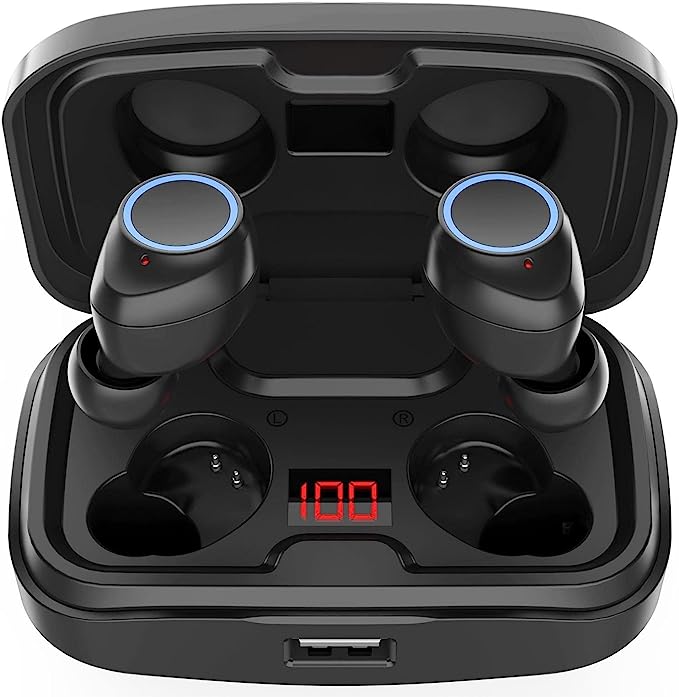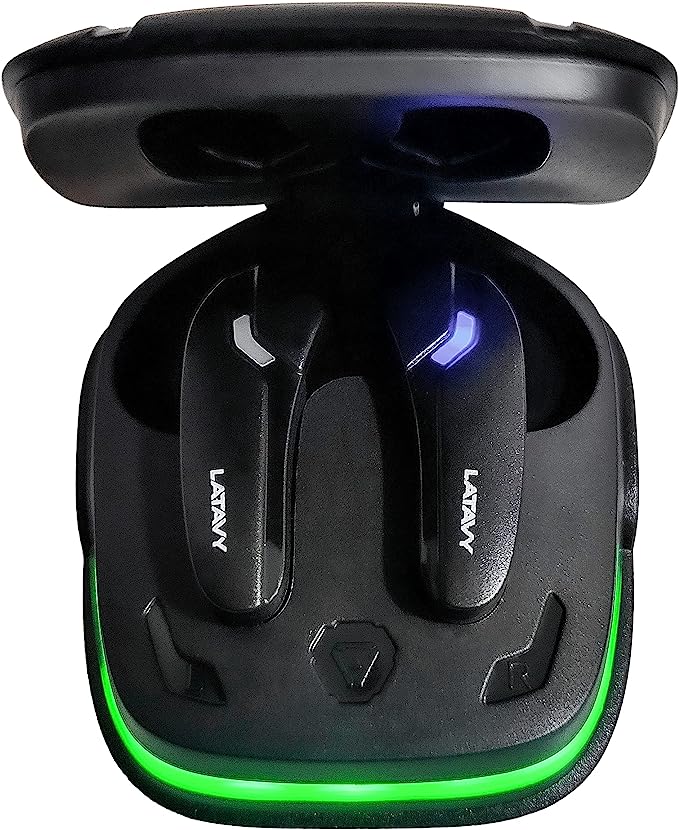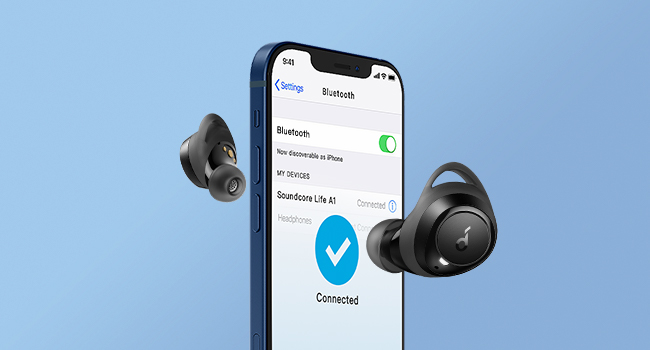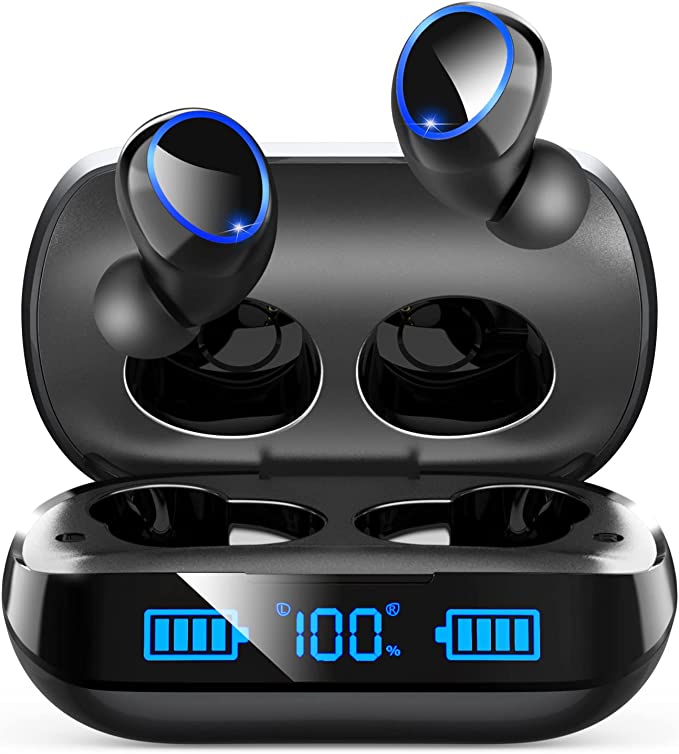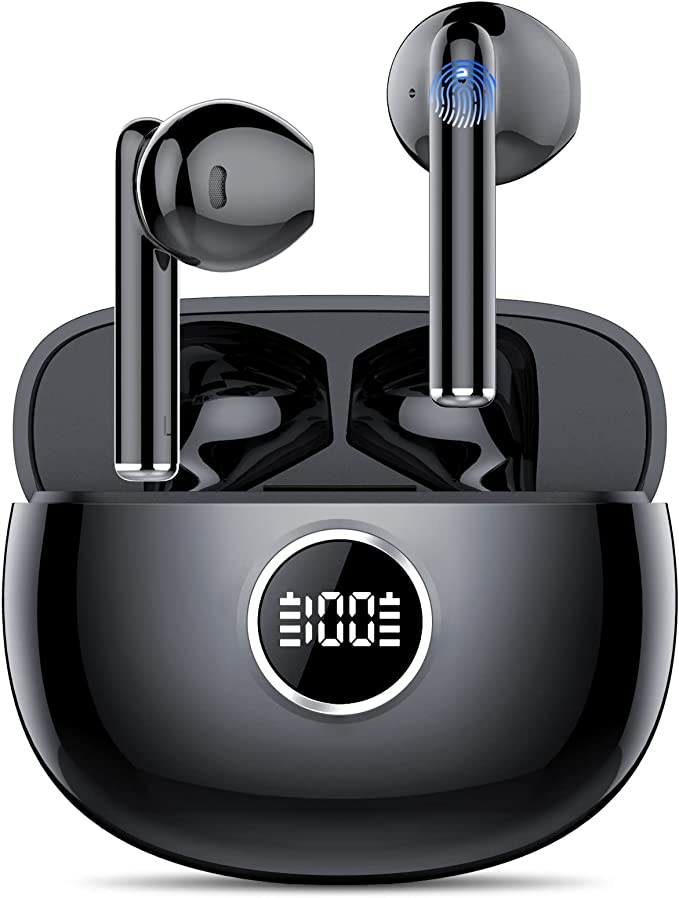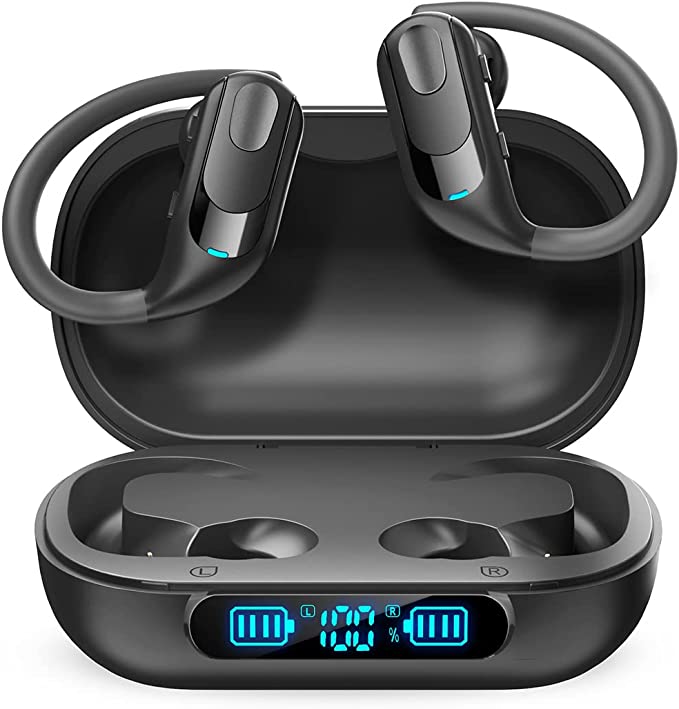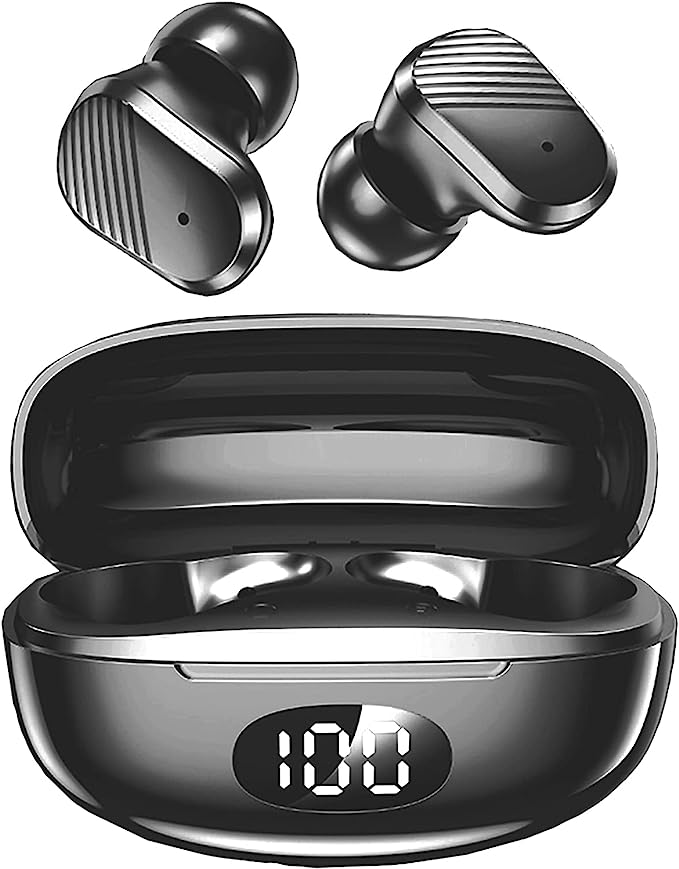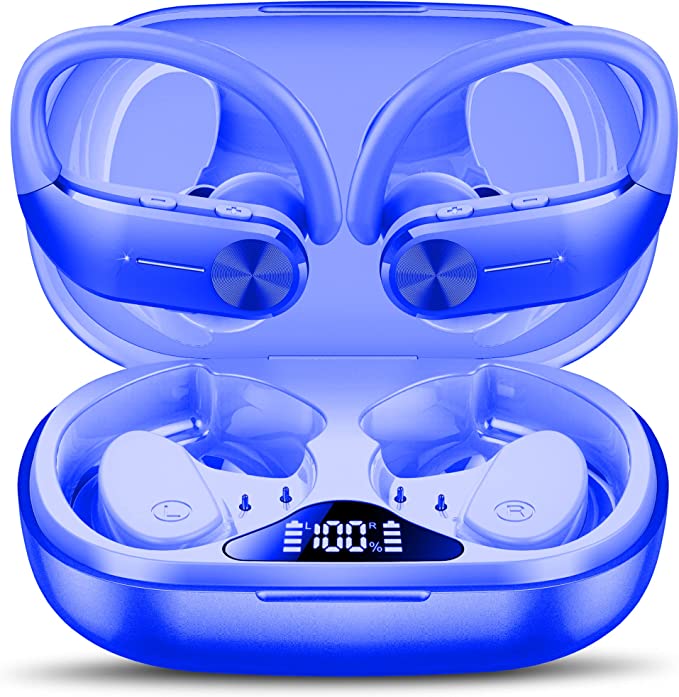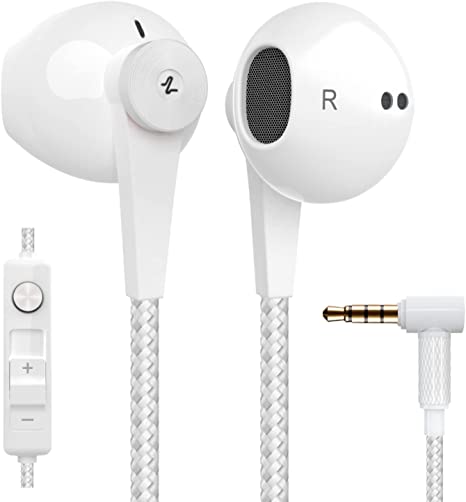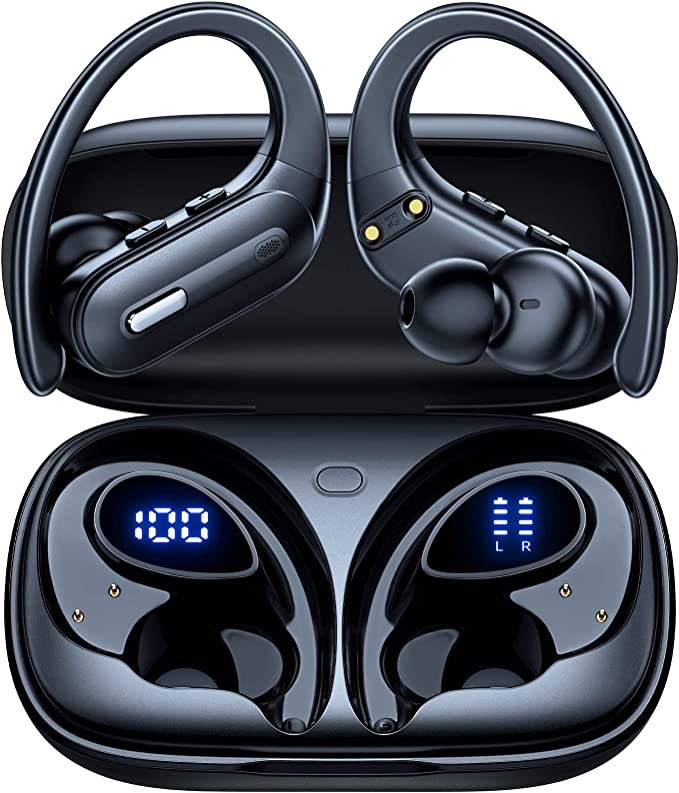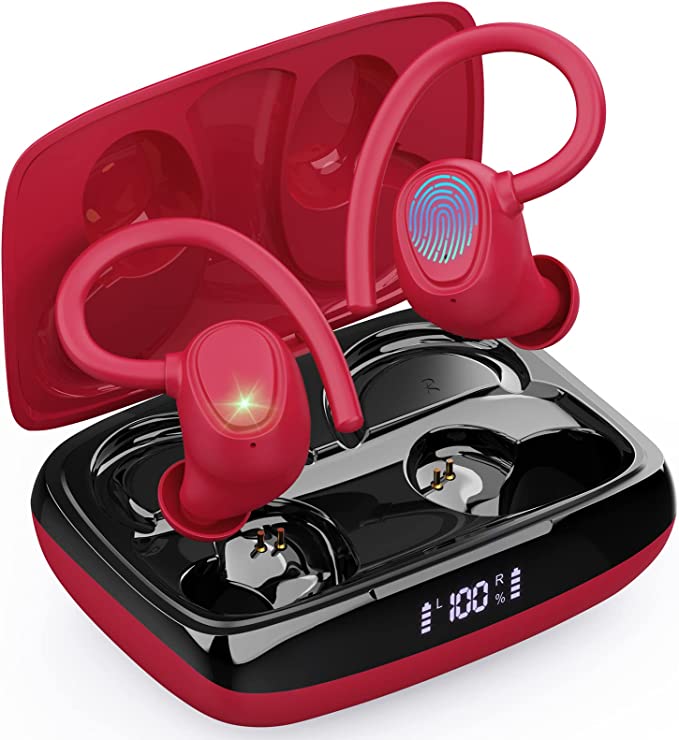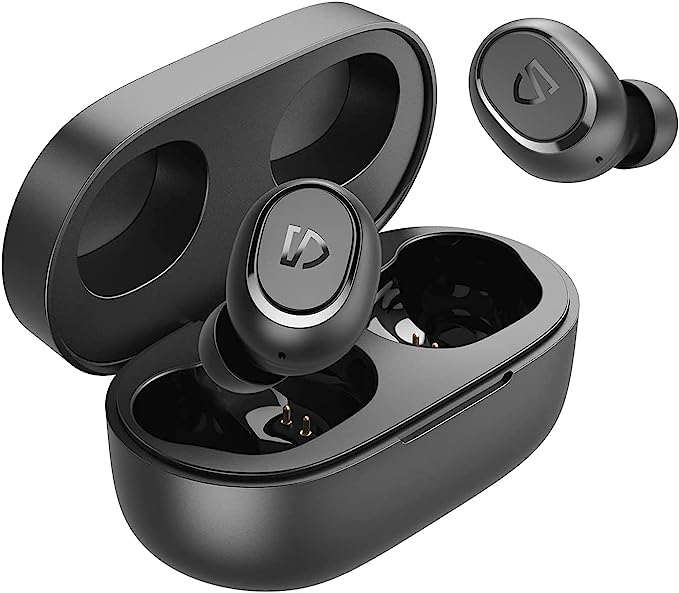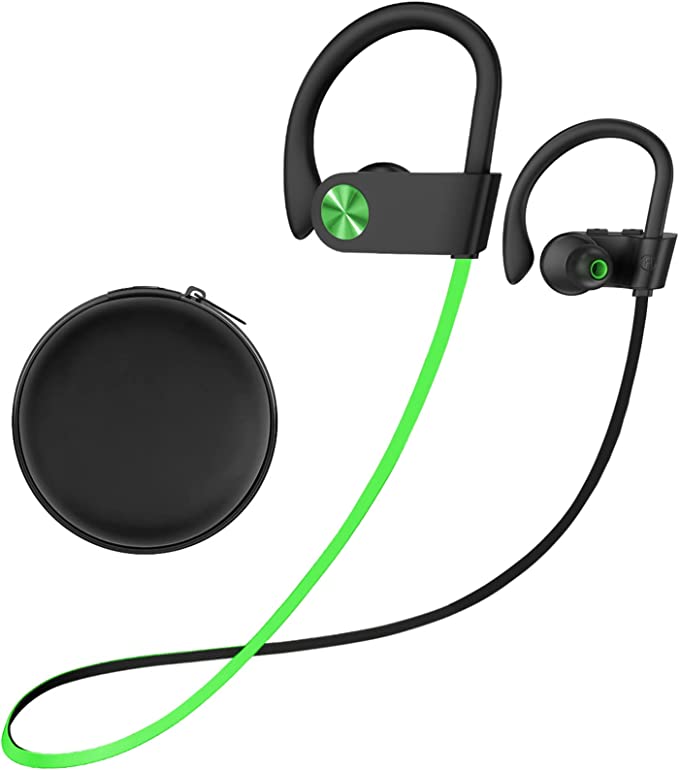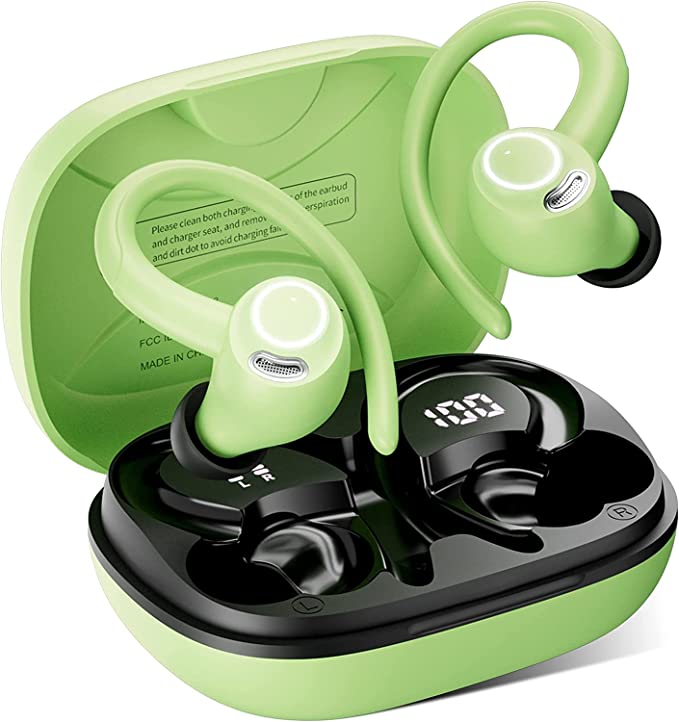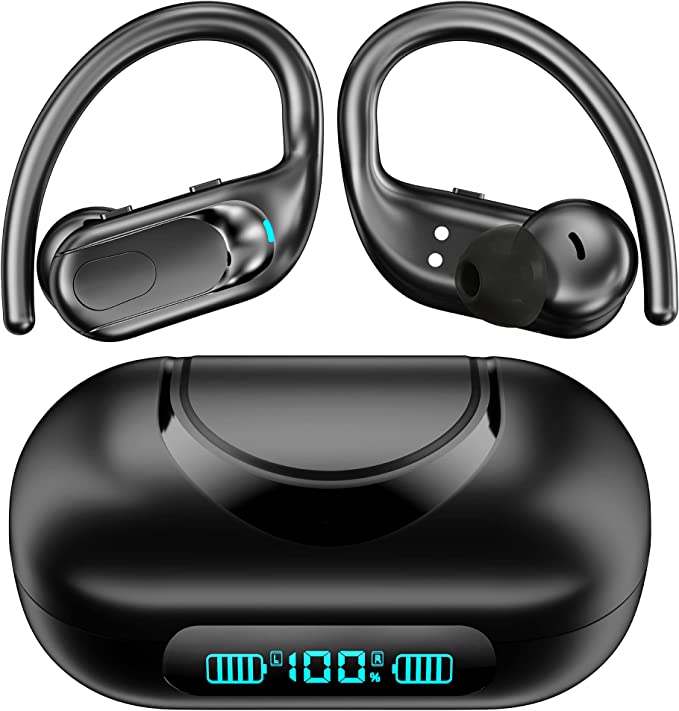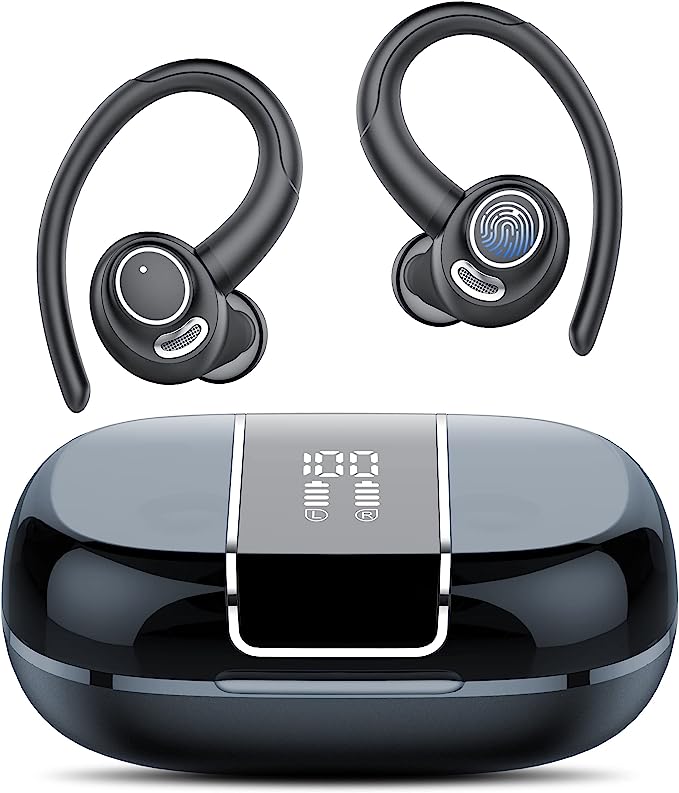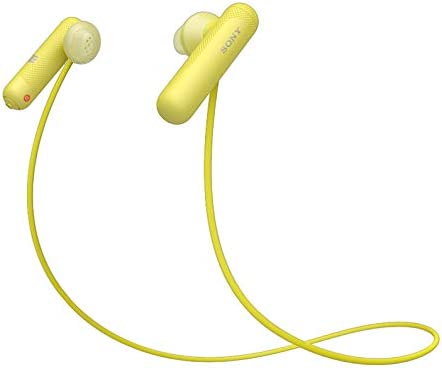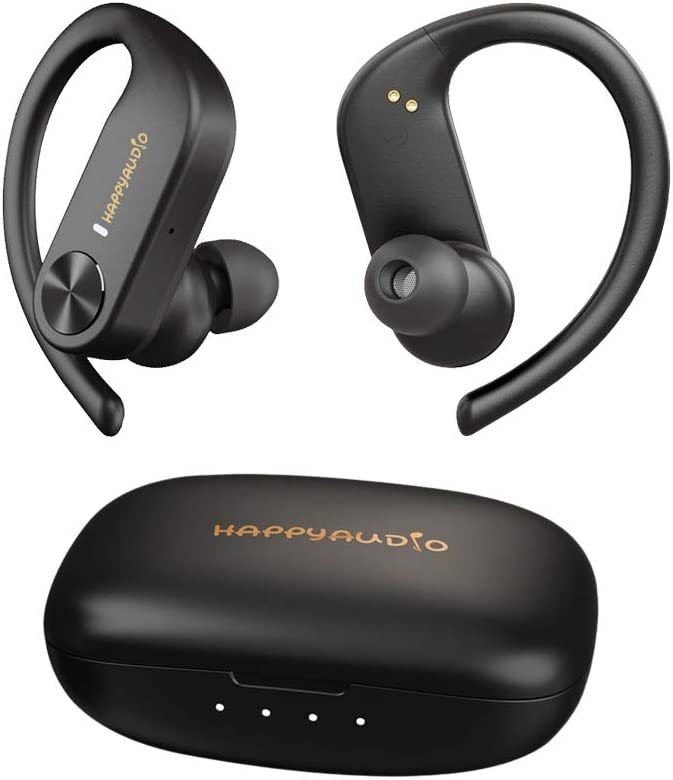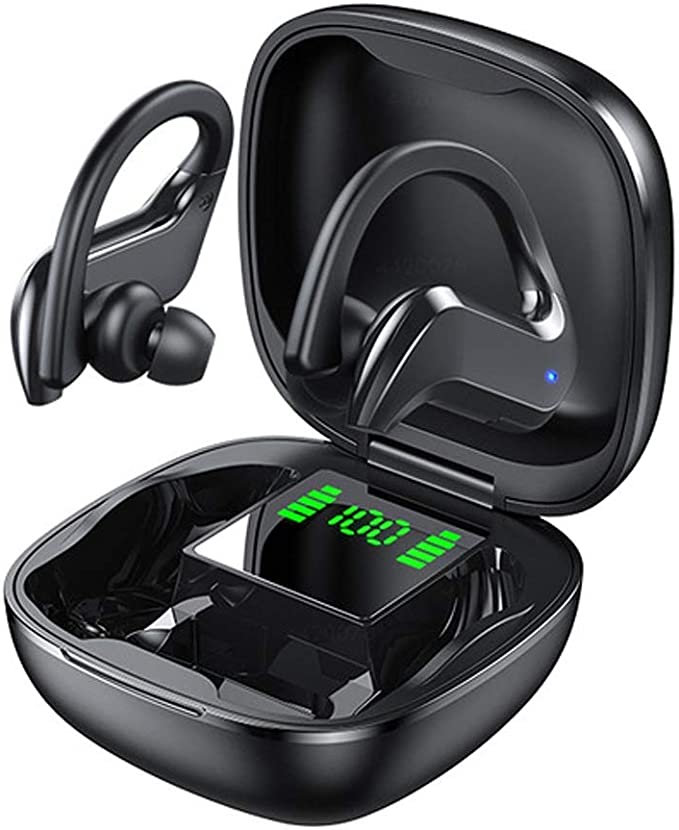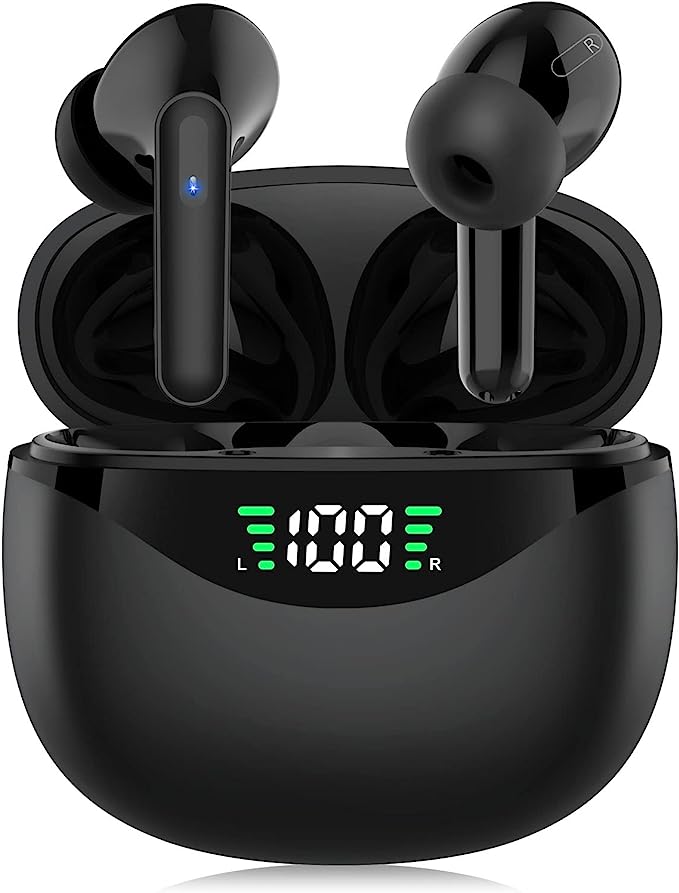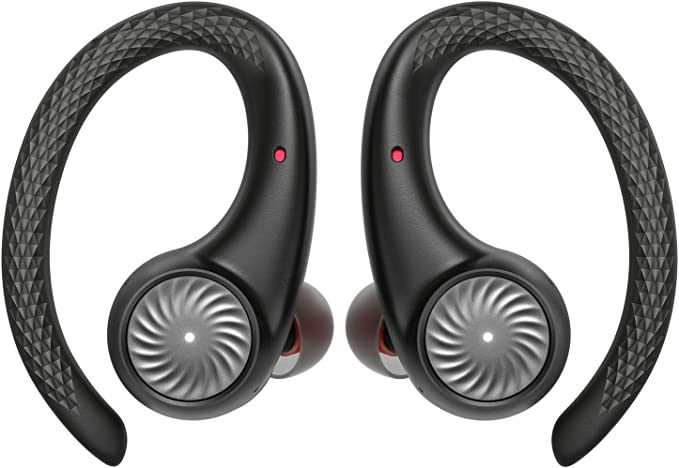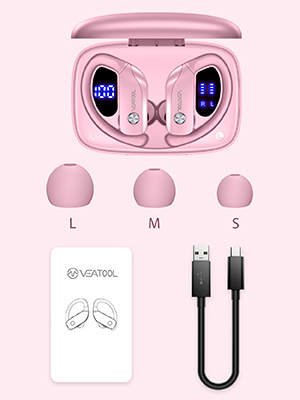The Quest for Unending Power: Decoding Solar Charging and IPX7 in Sports Earbuds
Update on Nov. 14, 2025, 10:06 p.m.
For anyone with an active lifestyle, from marathon runners to weekend hikers, the ideal piece of technology is one you can forget is even there. It should simply work, seamlessly integrating into your activity without demanding attention. Yet, with wireless earbuds, two persistent anxieties often break this flow: the fear of a dead battery miles from an outlet and the worry that a sudden downpour or intense sweat could silence your soundtrack.
The industry’s response has been a fascinating evolution in power and resilience. We’ve moved beyond simply bigger batteries to a multi-layered strategy of energy redundancy and environmental shielding. Products are now emerging that incorporate novel features once reserved for high-end gear, such as the MOZOTER SP03, which bundles solar charging, wireless charging, and a high waterproof rating into an accessible package.
Using such devices as our guide, let’s explore the science behind these promising technologies. This isn’t just about one set of earbuds; it’s about understanding the engineering principles that are shaping the future of truly untethered, all-weather audio.

The Energy Triad: Redefining Endurance with Battery, Solar, and Wireless Power
The foundation of any wireless device’s autonomy is its battery. But the modern approach to endurance is about more than just capacity; it’s about providing multiple, convenient ways to replenish that power.
The Foundation: High-Capacity Battery and Efficiency
Modern sports earbuds typically feature a dual-battery system: smaller batteries within the earbuds themselves and a much larger one in the charging case. In our example, the earbuds provide up to 8 hours of playtime, a solid duration for most long workouts or daily commutes. This is supported by a 650mAh battery in the case, which acts as a mobile power bank, extending the total listening time to a substantial 48 hours.
This level of performance is made possible not just by battery size, but also by efficiency. The use of Bluetooth 5.3 is a key factor. This newer wireless standard includes significant improvements in Low Energy (LE) protocols, reducing the power consumed to maintain a stable connection. This synergy between a high-capacity case and an efficient wireless chipset forms the reliable bedrock of modern earbud endurance.
The Frontier: The Reality of Solar Charging on a Small Scale
The most intriguing innovation in this energy ecosystem is the inclusion of solar charging. The case, equipped with high-performance monocrystalline silicon solar panels, promises to harvest power from sunlight. But how effective is this in the real world?
The science is based on the photovoltaic effect. Monocrystalline silicon is a highly pure semiconductor material with a perfectly aligned crystal lattice. When photons (light particles) from the sun strike the silicon, they transfer their energy to electrons, knocking them free from their atoms. An engineered electric field within the silicon directs these free electrons, creating a usable electric current that recharges the battery.
However, the laws of physics dictate a crucial limitation: surface area. The amount of energy a solar panel can generate is directly proportional to its size and the intensity of the light hitting it. An earbud case has a very small surface area.
Think of it like trying to fill a bucket during a light drizzle with only a thimble. You will collect some water, but it will be a slow process. Similarly, the solar panel on an earbud case is best understood as a survival or trickle-charge feature. As wisely noted in the product’s own description, it is not designed to be the primary charging method. Its real value emerges during extended outdoor activities like a multi-day hike or camping trip, where it can slowly top off the case’s battery, providing a small but potentially crucial power buffer when you’re completely off-grid. It’s an excellent backup, not a replacement for a wall outlet.
The Convenience: Wireless and USB-C Charging
Complementing the futuristic appeal of solar are two highly practical charging standards. The inclusion of wireless charging (likely using the common Qi standard) offers supreme convenience. It relies on electromagnetic induction—a coil in the charging pad creates a magnetic field, which induces a current in a corresponding coil inside the earbud case, transferring power without any cables. This is perfect for a desk or nightstand.
Alongside it, the USB-C port remains the gold standard for fast, reliable wired charging. Its reversible design and high power delivery capabilities make it the quickest way to fully charge the case before heading out. Together, these three methods—USB-C for speed, wireless for convenience, and solar for emergencies—create a robust and versatile power system that effectively minimizes battery anxiety.

Built for the Elements: Decoding the IPX7 Waterproof Rating
For audio gear designed for sports, surviving the elements is non-negotiable. An official durability rating is a far more reliable indicator of this than vague marketing terms like “water-resistant.”
The MOZOTER SP03 earbuds, for instance, carry an IPX7 rating. Let’s break down this code, which is governed by the international standard IEC 60529: * IP stands for Ingress Protection. * The first digit, represented by an X, means the device has not been rated for protection against solid particles like dust or sand. * The second digit, 7, is the critical measure for liquid protection.
An IPX7 rating signifies that the device can withstand temporary immersion in up to 1 meter (about 3.3 feet) of fresh water for up to 30 minutes.
This is a high level of protection for earbuds. It means they are engineered to be impervious to heavy sweat, being rinsed under a tap, or accidentally being dropped in a puddle. This is achieved through a combination of sealed seams, protective nano-coatings on internal electronics, and watertight gaskets. For runners, gym-goers, and anyone exercising outdoors, an IPX7 rating provides genuine peace of mind that your equipment is built to endure. It is crucial to note, however, that this rating applies only to the earbuds themselves; the charging case, with its open ports and solar panel, is not waterproof and must be kept dry.

The Complete Package: Stability and Sound for the Active User
Beyond power and durability, the final pieces of the puzzle are fit and audio quality. For sports, stability is paramount. The use of flexible, over-the-ear earhooks is a proven design for high-impact activities. Unlike earbuds that rely solely on in-ear friction, earhooks provide a secure anchor, preventing them from being dislodged during running or jumping. This is often paired with multiple sizes of silicone eartips to ensure a snug and comfortable seal within the ear canal, which is vital for both stability and optimizing bass response.
For call quality on the go, many modern earbuds incorporate Environmental Noise Cancellation (ENC) for the microphones. It’s important not to confuse this with Active Noise Cancellation (ANC) for listening. ENC is an outbound technology; it uses algorithms to differentiate your voice from background noise, helping to deliver a clearer call to the person you’re speaking with. While user feedback on microphone quality can be subjective and vary wildly based on conditions, the inclusion of ENC technology shows a deliberate engineering effort to improve communication in real-world environments.

Conclusion: Embracing the Symphony of Practical Innovation
The evolution of wireless sports earbuds is a story of integrated science. It’s about the elegant interplay between battery chemistry, photovoltaic principles, electromagnetic induction, acoustic engineering, and robust material science. By understanding what features like solar charging and IPX7 ratings truly represent—their capabilities as well as their limitations—we can make smarter choices.
Devices that thoughtfully combine these technologies, such as the MOZOTER SP03, demonstrate a clear trend toward creating truly autonomous and resilient audio companions. While the dream of “infinite power” from a tiny solar panel remains on the horizon, the practical combination of a large battery reserve, convenient charging options, and robust weatherproofing offers a compelling solution to the real-world challenges faced by active listeners today. It’s this thoughtful synthesis of technologies that truly sets modern gear apart, allowing us to focus less on the tech and more on the journey ahead.

